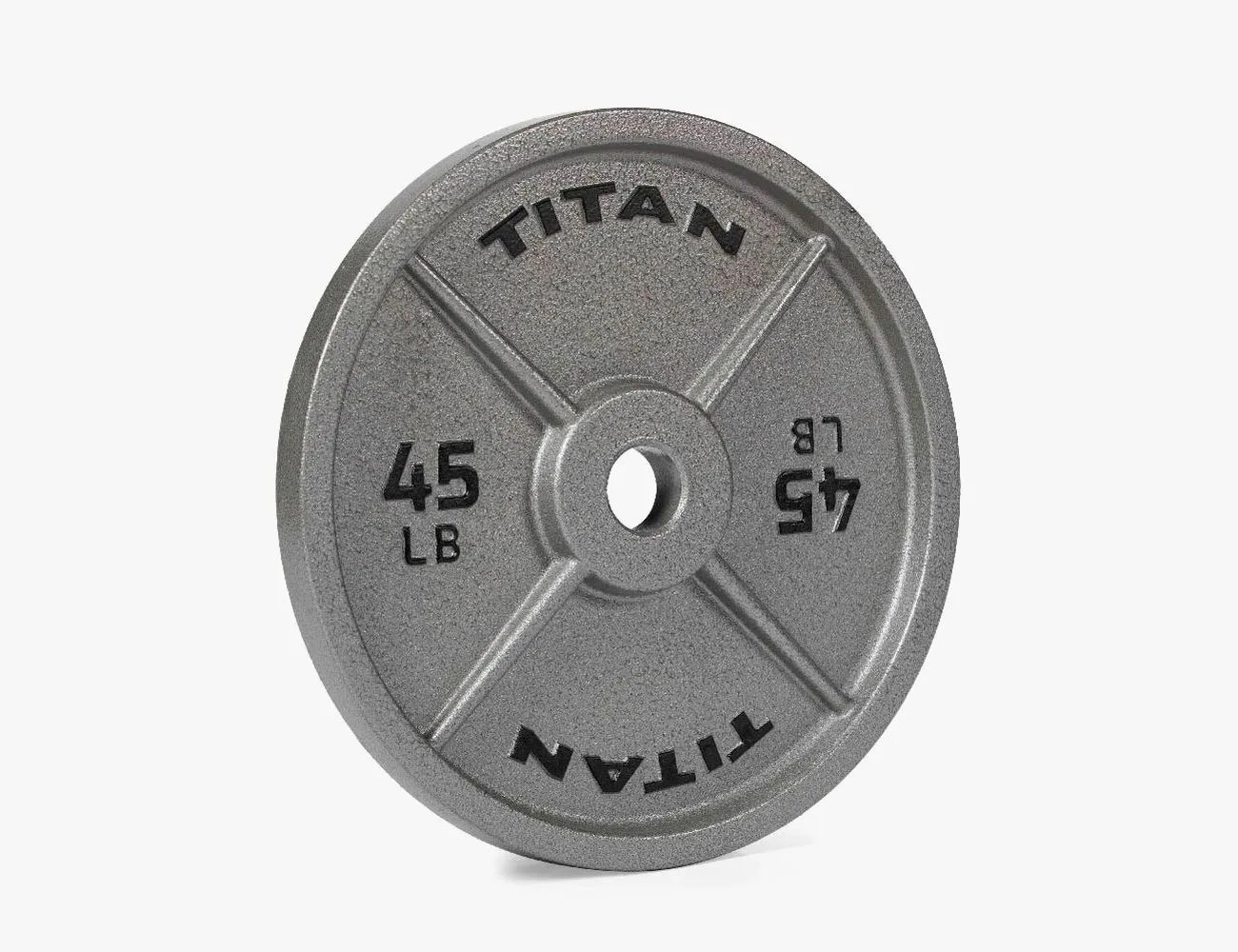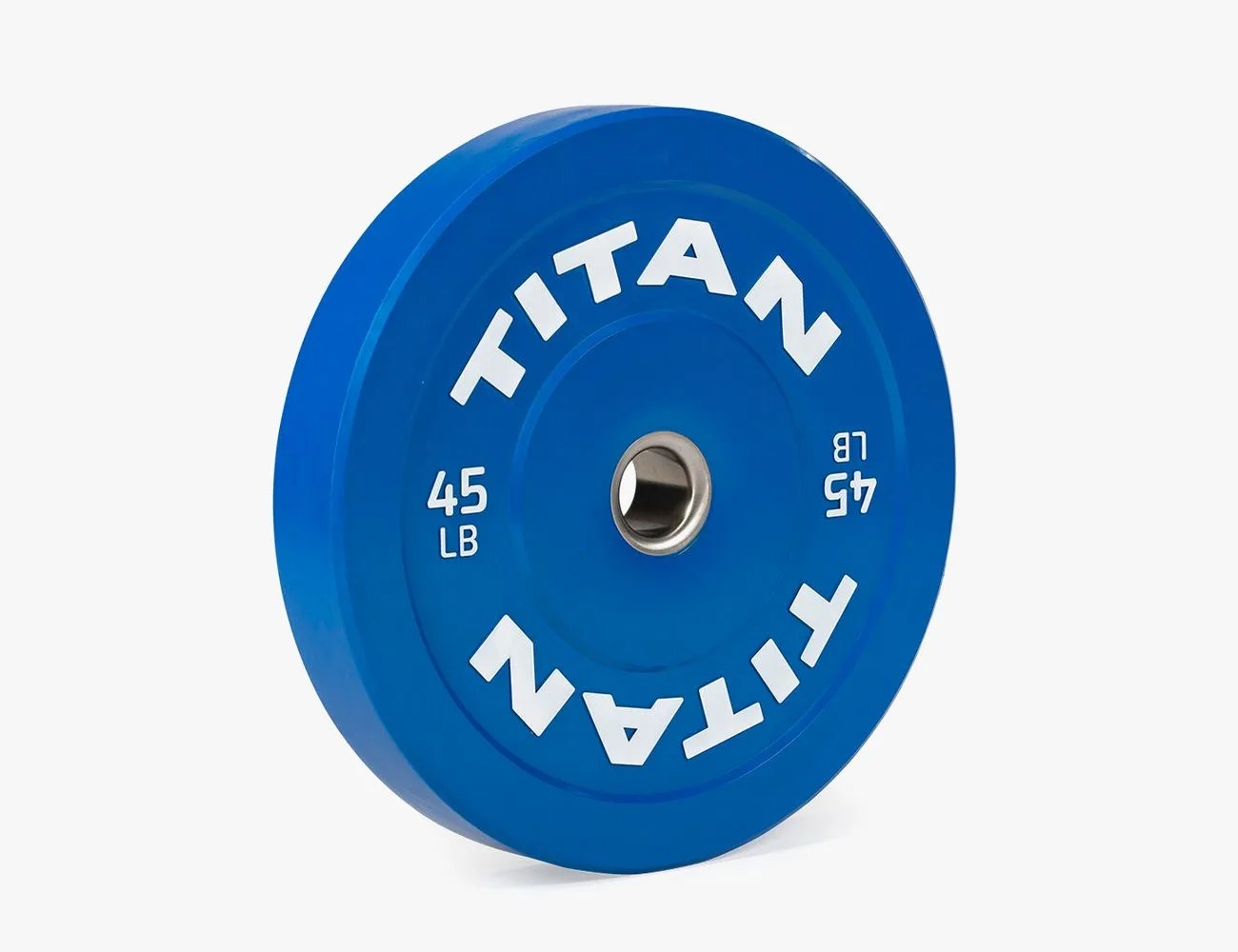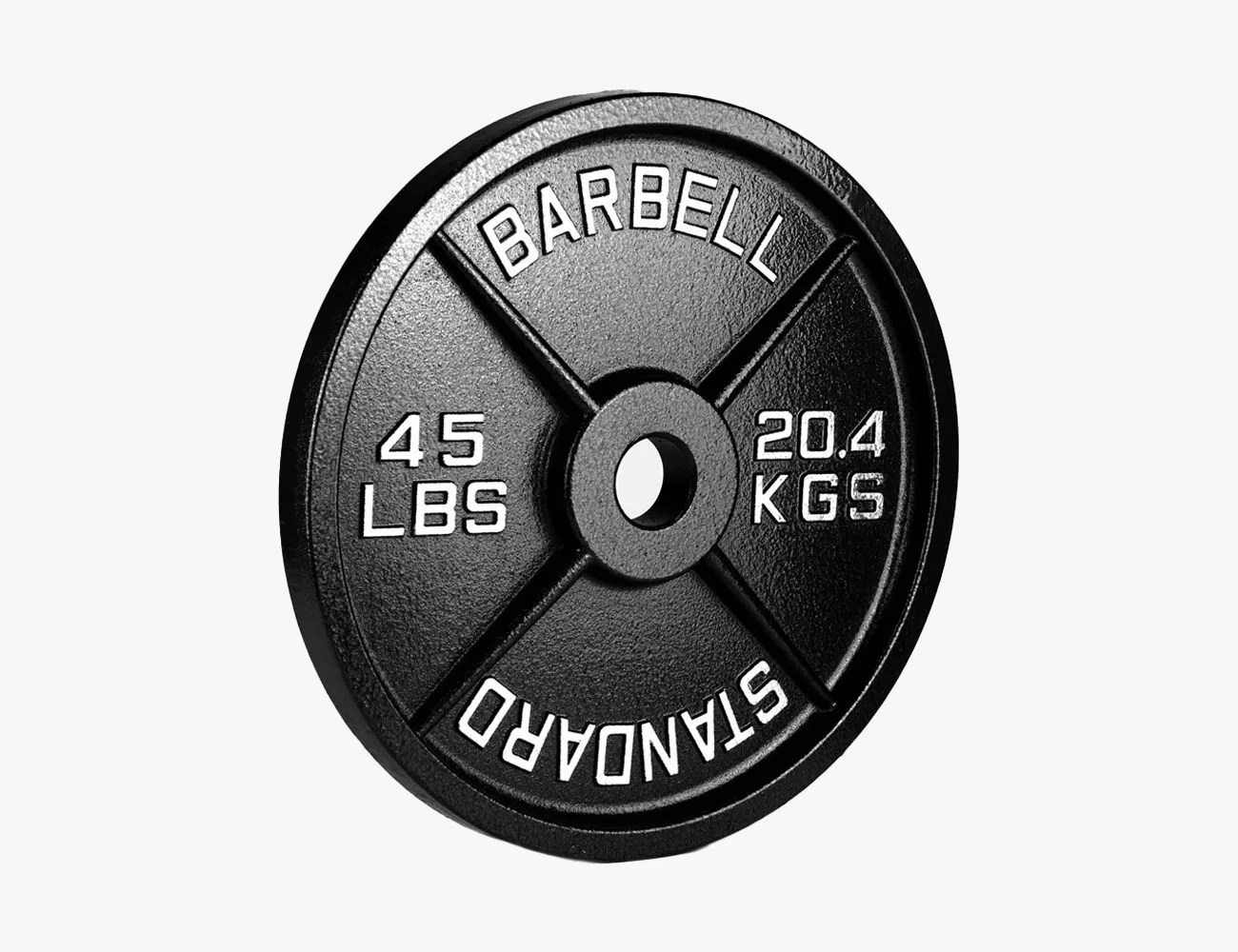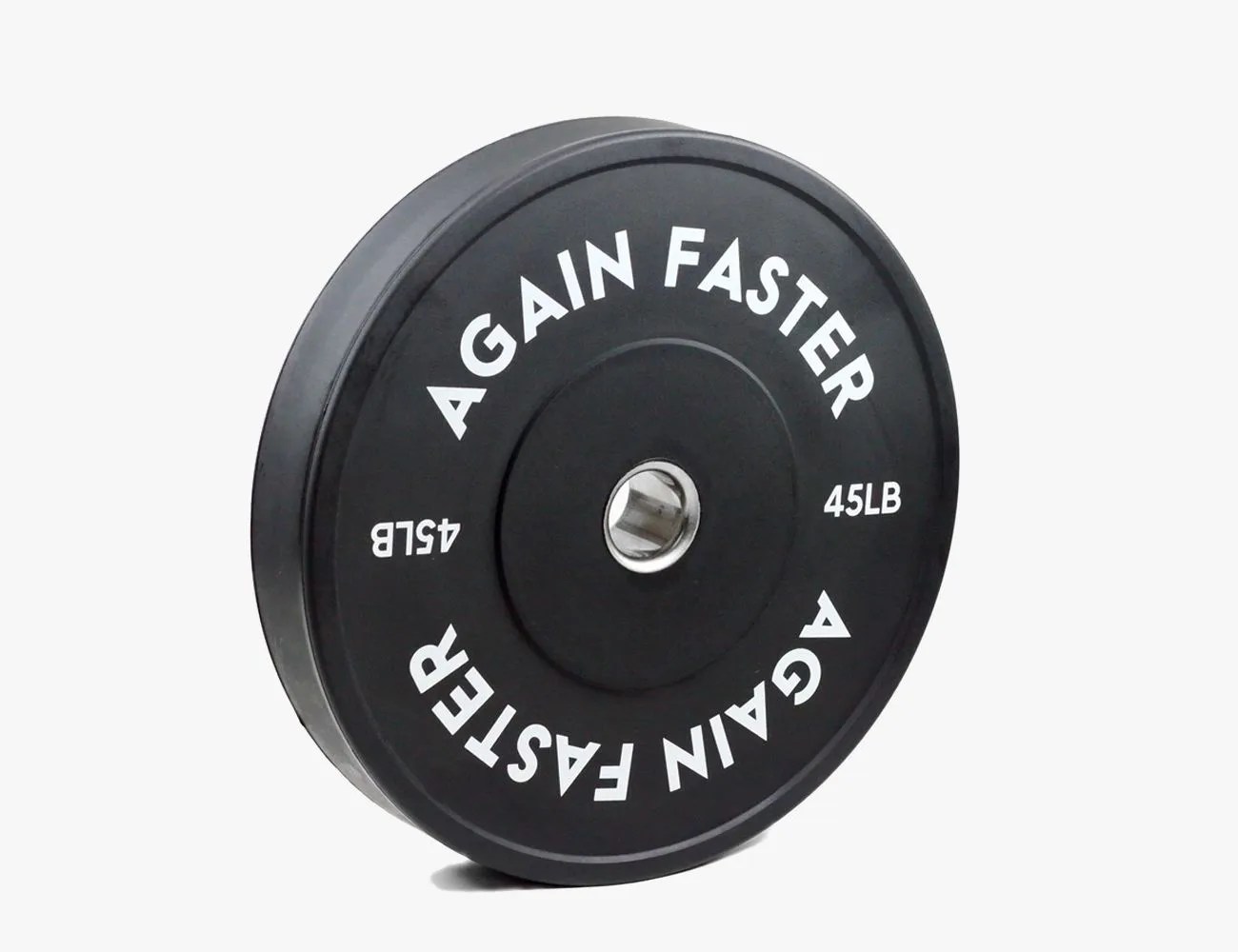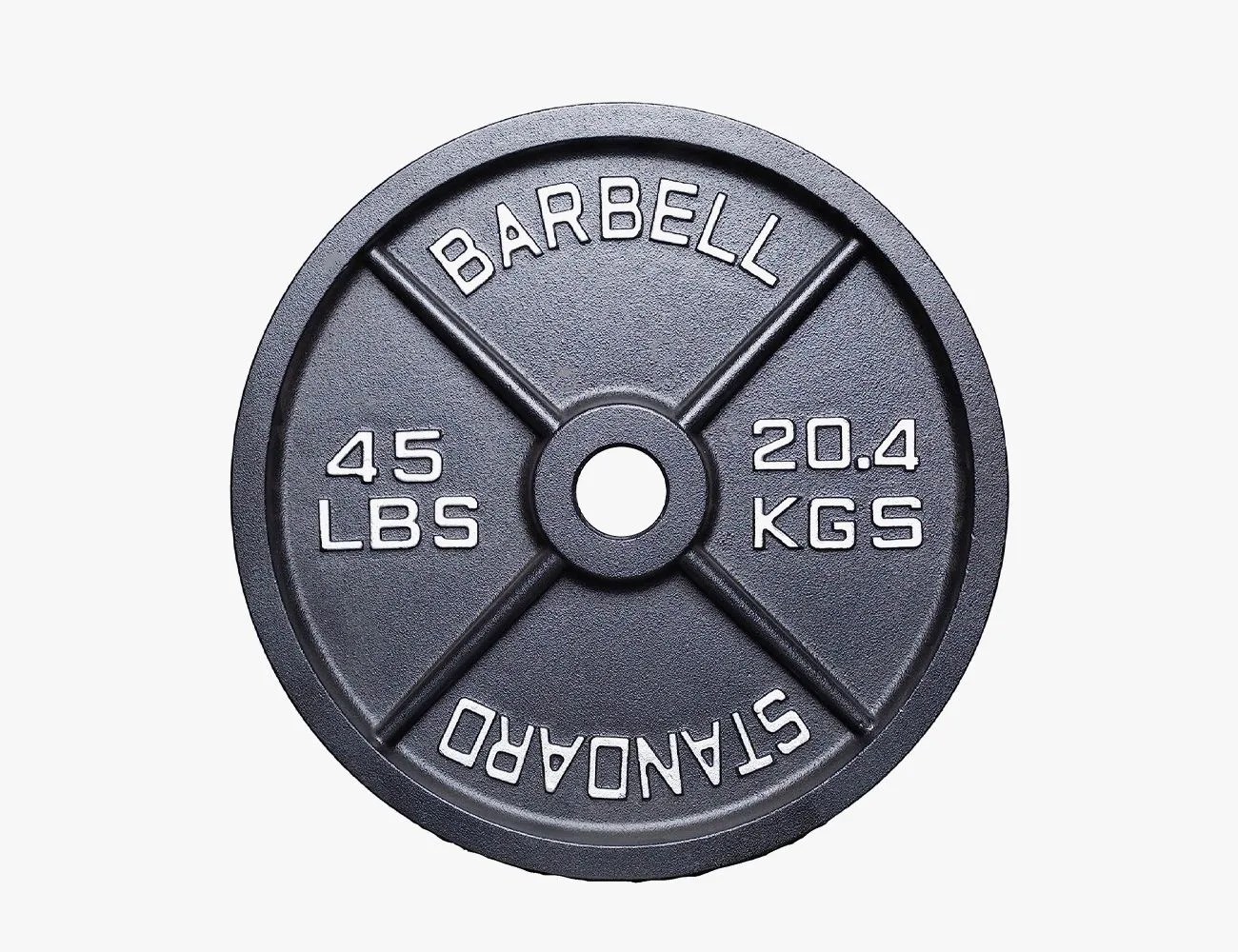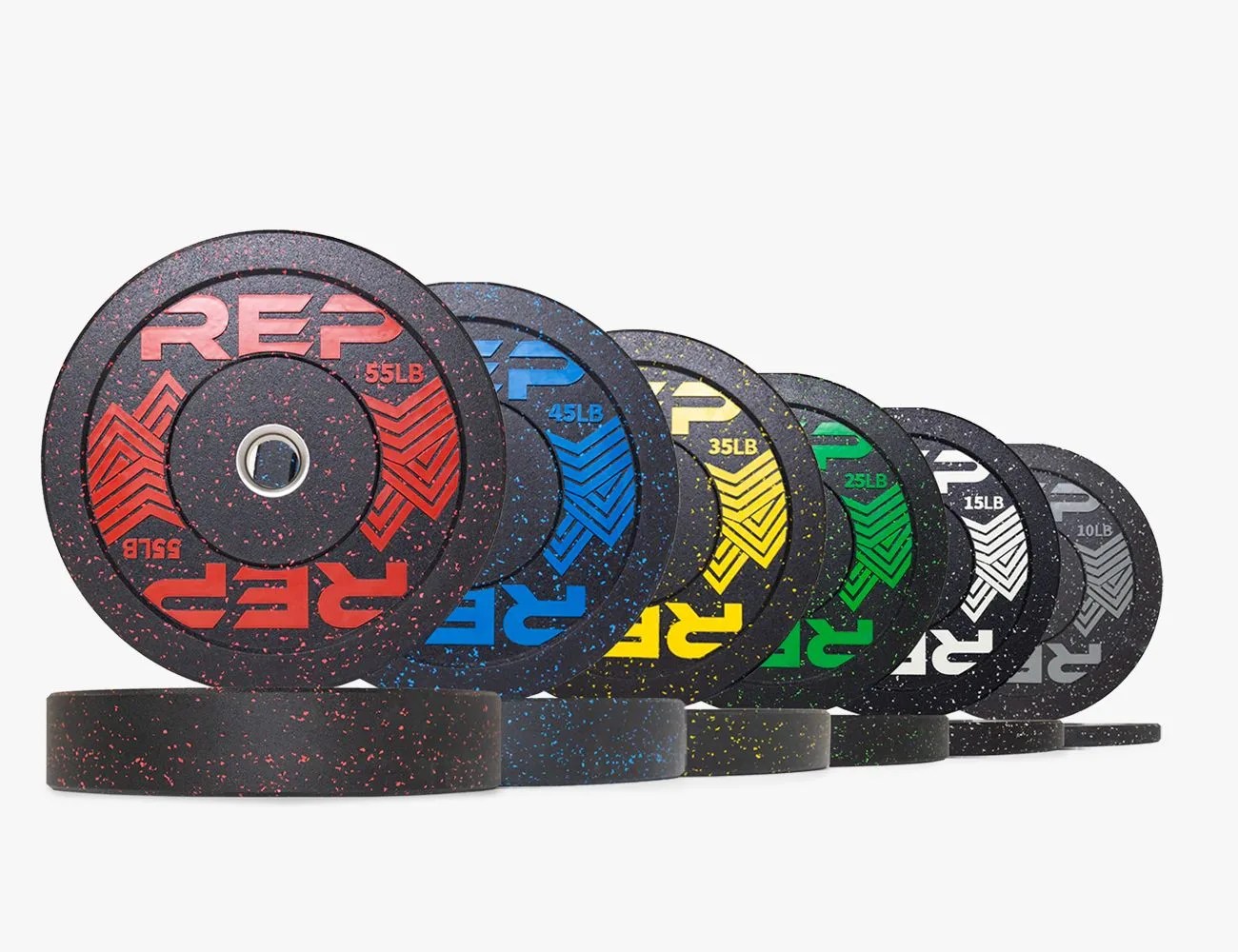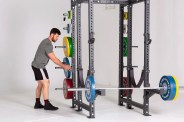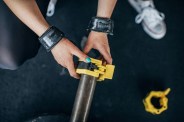Weight plates and barbells go together like peanut butter and jelly — one feels incomplete without the other. When you’re building out your own strength training space, you can curate these partners in crime for the sake of how you want to work out. While the differences between barbells are more well-defined, choosing between a set of iron weight plates or bumper weight plates can be a harder riddle to decipher.
Sure, both options hit that muscle-building aesthetic, and there’s loads of training potential either way. Understanding the differences between these foundational fitness tools, however, can help you select the best workout setup possible for your needs.
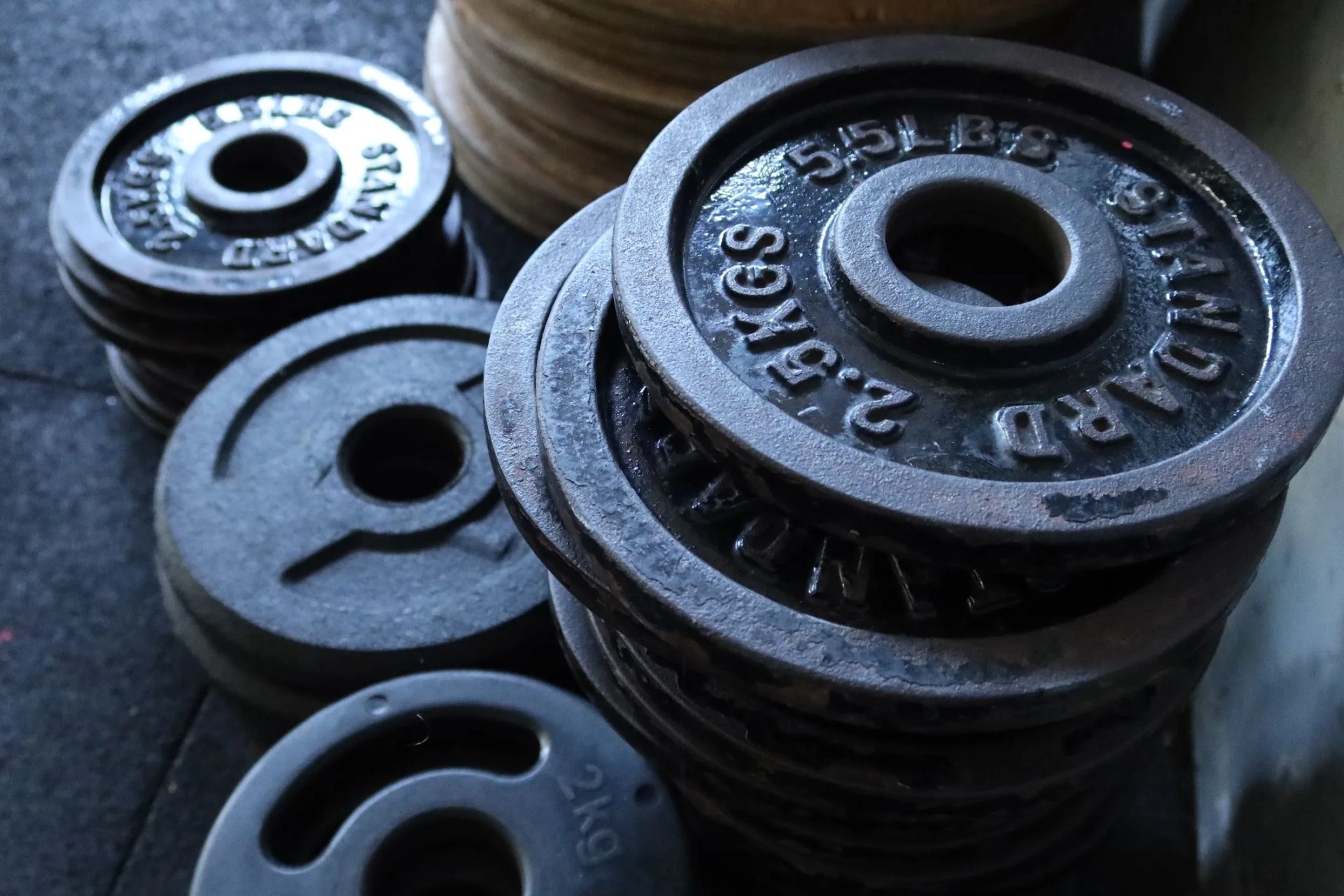 Helder Faria
Helder FariaWhat Are Iron Plates?
Iron weight plates are that classic style most associated with strength training, and the inspiration behind that favorite gym bro phrase of “pumping iron.” Also known as cast-iron plates, these profiles are simple in nature and typically feature a black or grey colorway. Some brands may offer plates with a thin rubber or plastic coating for added durability, but the classic bare metal look is pretty standard.
You can find iron plates in loads ranging from 2.5 to 100 pounds, with 5s, 10s, 25s, 35s and 45s being the most common. Iron plates are typically thinner than bumper plates, which can allow you to load some impressive numbers across a barbell for really serious PRs. Additionally, iron plates vary in diameter based on their weight. A 25-pound dish is going to be smaller, for example, than a 45-pound plate.






